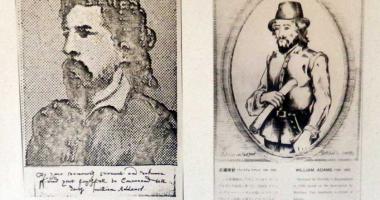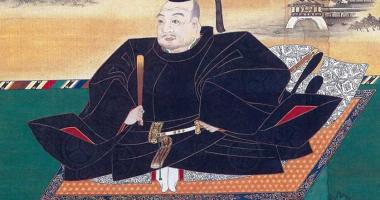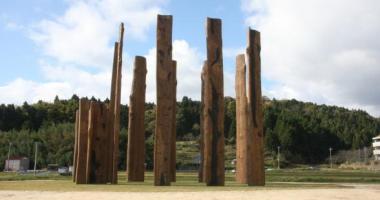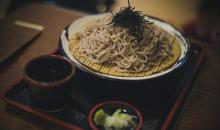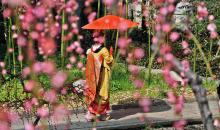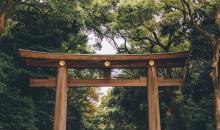The Heisei era (1989-2019) 平成時代





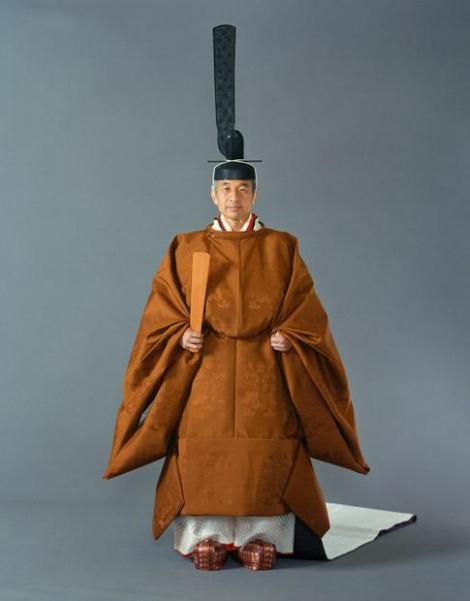
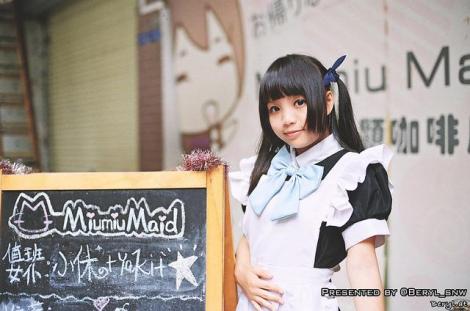

An era marked by disasters
If despite its name, the Showa era (which means "enlightened peace") was not that of peace, the following era, Heisei (1989-2019), that of "the achievement of peace" was peaceful. . However, a series of devastating natural disasters and destructive events have shaken the archipelago throughout these thirty years.
January 7, 1989: Emperor Hirohito breathes his last at the age of 87. The crown prince, Akihito, succeeded him the following day. He will be enthroned later, on November 12, 1990. The name of the new era is then decided in one day: it will be that of " the achievement of peace", Heisei.
Economic crisis, political instability, attacks, natural disasters, and nuclear accidents from the long list of calamities that have hit the country throughout this era, especially in the last ten years.
A turbulent political scene
No less than 15 prime ministers were appointed in the first 24 years of the era.
In 1993, the Liberal Democratic Party (PLD), a right-wing party that had held power since its creation, lost control of the government for the first time. Following the defeat of the PLD in the general elections of July 18, 1993, the socialist Tomiichi Murayama was elected Prime Minister on June 30, 1994. He was the first socialist head of government since 1948.
In the legislative elections of August 30, 2009, the PLD also lost, for the first time in its history, its position as the first party in the House of Representatives. The main opposition party, the Democratic Party of Japan (DPJ) wins the absolute majority of seats and forms a coalition with the Social Democratic Party and the New People's Party. From September 2009 to December 2012, three Prime Ministers from the DPJ will follow one another.
The legislative elections of December 16, 2012, will see the return in force of the PLD and the appointment of Shinzo Abe as Prime Minister on December 26, 2012. This victory will put an end to this incessant parade of Prime Ministers until his resignation in 2020.
The end of the "economic miracle" and the years of crisis
After peaking in late December 1989, Japan's "speculative bubble " (1986 to 1990) burst, and the 1990s were characterized by a period of economic stagnation and deflation that the Japanese dubbed the " lost decade ". In May 1999, unemployment reached record levels while precarious jobs rose sharply.
The global economic crisis of 2008-2009 hit Japan hard and the country went into recession until the beginning of the third quarter of 2009. The return to growth did not occur, timidly, until the early 2010s.
The Archipelago trembles
From volcanic eruptions to earthquakes, Japan lived through terrible years.
On June 3, 1991, after several years of tremors and two eruptions, a fiery cloud escaped from Mount Unzen, on the island of Kyushu, and killed 43 people.
On January 17, 1995, in Kobe, an earthquake with a magnitude of 7.3 on the Richter scale caused 6,437 deaths, tens of thousands of injuries, and material damage reaching more than 100 billion yen.
On March 11, 2011, an earthquake of magnitude 9 on the Richter scale caused a giant tsunami that ravaged the Pacific coast of Tohoku, in the northeast of the island of Honshu, and caused the accident of the nuclear power plant. from Fukushima. Following the tsunami, 15,000 people were declared dead and thousands more missing. The region is destroyed and today still in full reconstruction.
In 2004 and 2007, the Niigata region was in turn hit by two earthquakes, then, in 2016, the city of Kumamoto and its surroundings suffered several fatal earthquakes.
In 2018, torrential rains and landslides also mourned various regions of the country.
Japan in shock
On March 20, 1995, the Aum cult's sarin gas terrorist attack on the Tokyo subway killed 12 people and injured thousands.
On June 8, 2001, a madman entered an elementary school in Osaka and killed 8 children with a kitchen knife and injured 15 people (13 students and 2 teachers). Japan is, once again, in shock.
On June 8, 2008, a 25-year-old man drove his vehicle into a crowd in the busy Akihabara district, killing 3 people and injuring 2 before driving off, knife in hand, to stab random passers-by. , killing 4 other people and injuring 8 others before being arrested by the police.
On July 26, 2016, an employee of a center for the mentally handicapped in Sagamihara, Kanagawa Prefecture fatally stabbed 19 patients and injured 26 others. He later confessed that he thought people with disabilities "should disappear".
In addition to these massacres, many other very bloody and particularly cruel news items, sometimes perpetrated by children, have undermined the myth of a Japan where harmony and security reign.
A calmer cultural and sporting scene
On the sports side, the Winter Olympics in Nagano in 1998 and the Football World Cup in 2002 (co-organized with South Korea) have brought excitement to the country.
The cultural scene, meanwhile, saw the emergence of the "Cool Japan" movement. A concept was invented in 2002 and described as a form of soft power. Manga, anime, maid cafes, idols, etc., the "otaku culture" attracts an increasing number of fans from all over the world.
This is how the cartoon Sen to Spirited Away no Kamikakushi, in French "Le voyage de Chihiro", directed by Hayao Miyazaki and produced by the Ghibli studio enjoyed immense international success.
Japanese cinema has been rewarded several times at the Cannes Film Festival. In 1997, Shohei Imamura's film Unagi (Eel in English) received the Palme d'Or. In 2018, it was Hirokazu Kore-Eda 's turn to receive it for his film "A Family Affair ".
Finally, it was in 1993 that Japan saw its first UNESCO World Heritage site. There were 22 in all in 2018.
The Heisei era will end on April 30, 2019, with the abdication of the 85-year-old Emperor Akihito. His eldest son, Prince Naruhito, 57, will succeed him on May 1, 2019, and thus begin the Reiwa era.




